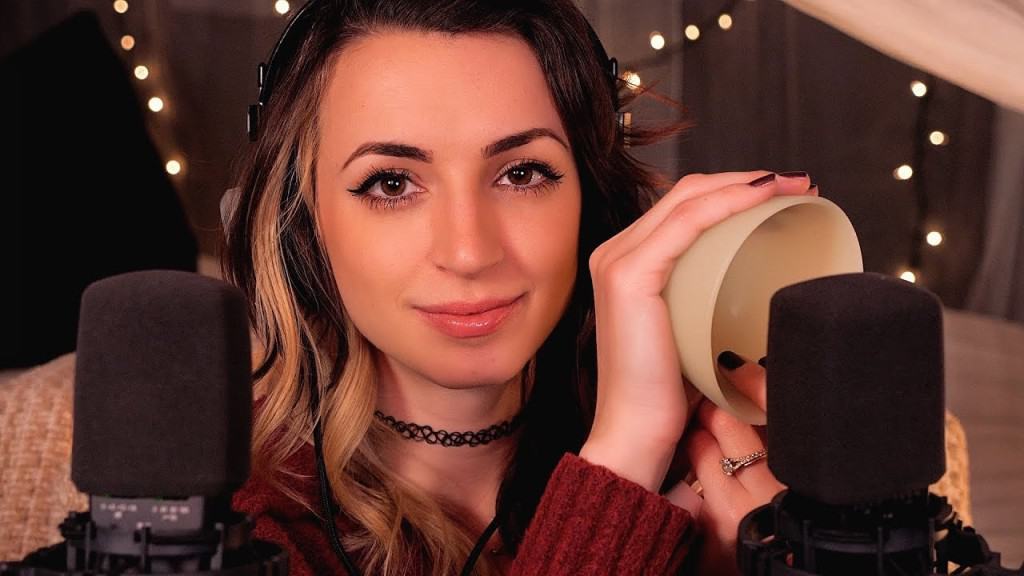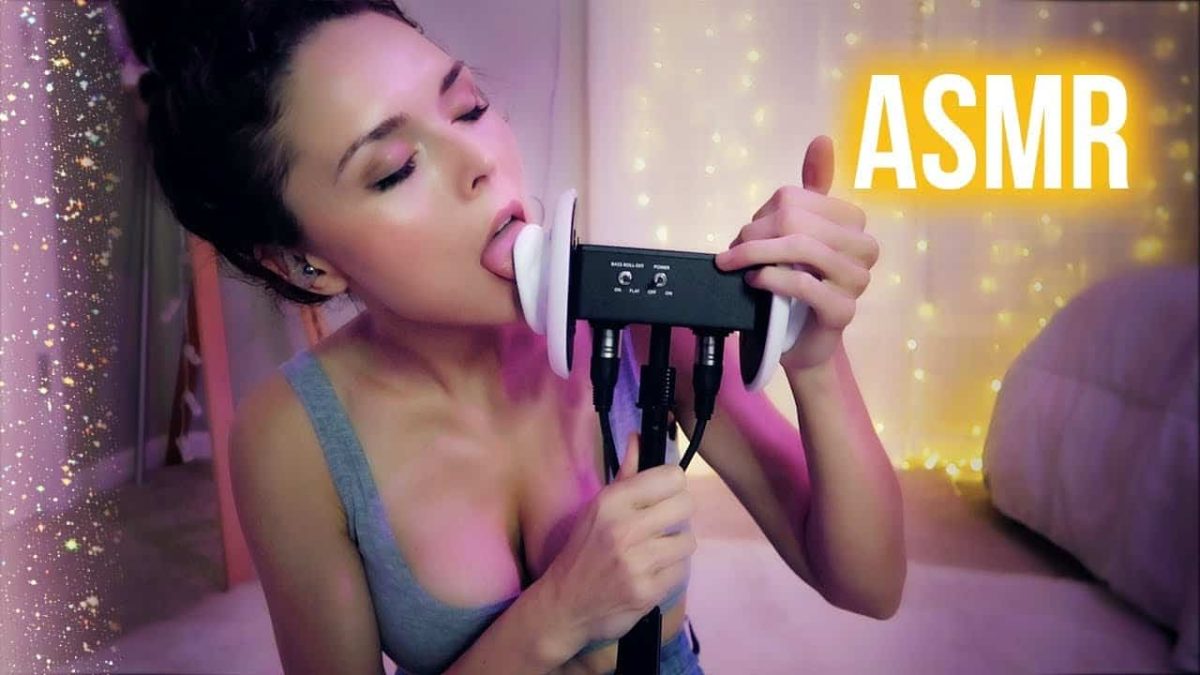Coined in 2010, ASMR (autonomous sensory meridian response) is a relaxing, often sedative sensation that begins on the scalp and moves down the body. Also known as “brain massage,” it’s triggered by placid sights and sounds such as whispers, accents, and crackles.
What is ASMR? It is an acronym for “Autonomous Sensory Meridian Response” (which is not officially classified as a condition by the sciences) that is first bandied about on the internet around the close of the first decade of the 2000s.
For the most part, the words making up the name are self-explanatory, but you might be wondering about meridian. Meridian generally refers to a high point in excitement, but technically it refers to any of the pathways along which the body’s vital energy flows according to the theory behind acupuncture.
Autonomous also has specialized meaning: it can refer to involuntary physiological responses or to the autonomic nervous system, which autonomously regulates bodily functions, including sexual arousal.
ASMR, however, is a nonsexual response.
According to the modest ones who answered questionnaires on the topic, it is simply a tingling feeling that starts at the top of the head and trickles downward—and is characteristically triggered by a person softly whispering into a camera and making random hand movements along objects.
ASMR stands for autonomous sensory meridian response. Autonomous means that the feeling is in your body, sensory means that your senses perceive the feeling, meridian refers to the energy of the feeling in your body, and response indicates that the feeling is a response to stimuli.

What are the benefits of asmr?
“I’ve received emails throughout my five years of content creation from people with many different backgrounds. Soldiers with PTSD. New mums who have just given birth and are in state of constant stress. People with anxiety disorders or depression who can’t sleep. All telling me ASMR helps them. I really think it could be used hand-in-hand with therapy. It’s not going to cure anyone, but it might make their life slightly better.”
“For example, people report ASMR helping them sleep. Is this because it puts you in a state of relaxation, which means sleep onset is easier?
Does it prevent pre-sleep cognitions, which are the things that stop you from getting to sleep in the first place? And does it do anything to actually improve the quality of your sleep? These are all questions that we don’t really know the answer to.”
As a scientist, Poerio is slightly more sceptical, but no less determined to find out. “We know about the immediate physiological benefits of experiencing ASMR, which are comparable to things like mindfulness and music-based stress reduction. What we don’t have is any data looking at the long-term effect of repeated exposure. There’s so much anecdotal evidence it has helped, but actually – does it help? And if so, how?
ASMR (Autonomous Sensory Meridian Response) has become increasingly popular over the years, particularly on platforms like YouTube. Here are some interesting statistics and facts about the ASMR community, creators, and content. Please note that these stats are approximate and may have changed since the knowledge cutoff date of September 2021.
- ASMR Content on YouTube:
- Total number of ASMR videos: ~15 million (as of 2021)
- Growth rate of ASMR content: 200% YoY (2016-2020)

- Top 5 ASMR Creators (by subscribers as of September 2021):
| Creator | Subscribers |
|---|---|
| Gibi ASMR | 4.5M |
| ASMR Darling | 2.6M |
| Gentle Whispering ASMR | 2.1M |
| ASMR Zeitgeist | 2.6M |
| SAS-ASMR | 9.5M |
- Most Popular ASMR Triggers:
| Trigger | Percentage of Top Videos Featuring Trigger |
|---|---|
| Whispering | 35% |
| Tapping | 25% |
| Roleplay | 20% |
| Mouth Sounds | 10% |
| Brushing | 10% |
- ASMR Audience Demographics:
| Age Group | Percentage of ASMR Viewers |
|---|---|
| 13-17 | 15% |
| 18-24 | 40% |
| 25-34 | 30% |
| 35-44 | 10% |
| 45+ | 5% |
- Gender Distribution of ASMR Viewers:
| Gender | Percentage of ASMR Viewers |
|---|---|
| Female | 60% |
| Male | 40% |
- Top 3 Countries Consuming ASMR Content:
| Country | Percentage of Global ASMR Viewers |
|---|---|
| United States | 35% |
| United Kingdom | 15% |
| Canada | 10% |
Please note that these statistics are subject to change as the ASMR community and content on YouTube continue to grow and evolve.



